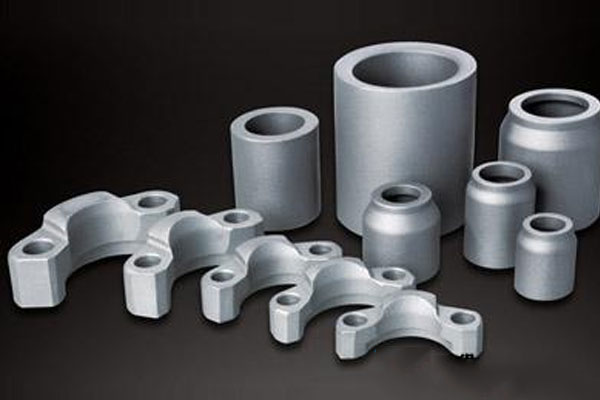Cold forging is a kind of precision plastic forming technology, with machining incomparable advantages, such as good mechanical properties, high productivity and high material utilization, particularly suitable for mass production, and can be used as an end product manufacturing method, cold forging in aerospace and transportation tool machine tool industry and other industries have widely application. At present, the rapid development of automobile industry, motorcycle industry and machine tool industry provides the driving force for the development of the traditional technology of cold forging. Cold forging process in China may not start late, but development speed has a great gap with developed countries, so far, China's production of the cold forging on the car weighing less than 20 kg, equivalent to half of the developed countries, has a great potential for development, strengthen the development of cold forging technology and application is an urgent task in our country at present.
The shape of cold forgings has become more and more complex, from the initial step shaft, screws, screws, nuts and conduits, etc., to the shape of complex forgings. The typical process of spline shaft is: extrusion rod -- upsetting the middle head part -- extrusion spline; The main process of spline sleeve is: back extrusion cup - - bottom into ring - - extrusion sleeve. At present, the cold extrusion technology of cylindrical gear has also been successfully used in production. In addition to ferrous metals, copper alloy, magnesium alloy and aluminum alloy materials are more and more widely used in cold extrusion.
Continuous process innovation
Cold precision forging is a (near) net forming process. The parts formed by this method have high strength, high precision and good surface quality. At present, the total amount of cold forgings used by a common car abroad is 40~45kg, among which the total amount of tooth parts is more than 10kg. The single weight of cold-forged gear can reach more than 1kg, and the precision of tooth profile can reach 7 levels.
Continuous technological innovation has promoted the development of cold extrusion technology. Since 1980s, precision forging experts at home and abroad began to apply the theory of shunt forging to cold forging of spur and helical gears. The main principle of shunt forging is to establish a shunt cavity or channel of the material in the forming part of the blank or die. In the forging process, part of the material flows to the shunt cavity or channel while filling the cavity. With the application of shunt forging technology, the machining of high precision gear with less and no cutting has quickly reached the industrial scale. For extruded parts with a length-diameter ratio of 5, such as piston pin, cold-extruded one-time forming can be achieved by adopting the axial residual material block through the axial shunt widely, and the punch stability is good. For flat spur gear forming, the cold extrusion forming of forgings can also be realized by using radial residual material blocks.
Block forging is a close die through one or two punches one-way or opposite extrusion of metal forming in one time, to obtain near clean shape fine forging without flash edge. Some precision parts of cars, such as planetary and half shaft gear, star sleeve, cross bearing, etc., if the cutting method is adopted, not only the material utilization rate is very low (less than 40% on average), but also the cost of man-hours, high production costs. The closed forging technology is adopted to produce these clean forgings abroad, which eliminates most of the cutting process and reduces the cost greatly.
The development of cold forging process is mainly to develop high value-added products to reduce the production cost. At the same time, it is also constantly infiltrating or replacing the fields of cutting, powder metallurgy, casting, hot forging, sheet metal forming, etc., and it can also be combined with these processes to form composite processes. Hot forging-cold forging composite plastic forming technology is a new precision metal forming technology which combines hot forging and cold forging. It takes full advantage of the advantages of hot forging and cold forging respectively. The metal in hot state has good plasticity and low flow stress, so the main deformation process is completed by hot forging. The precision of cold forging is high, so important dimensions of the parts are finally formed by cold forging process. Hot forging-cold forging composite plastic forming technology appeared in the 1980s, and has been more and more widely used since the 1990s. The parts made by this technology have achieved good results of improving precision and reducing cost.
Post time: Apr-13-2021

